Home>Articles>How Many Points Of Contact Do You Need At Any Time To Safely Ascend Or Descend A Ladder?
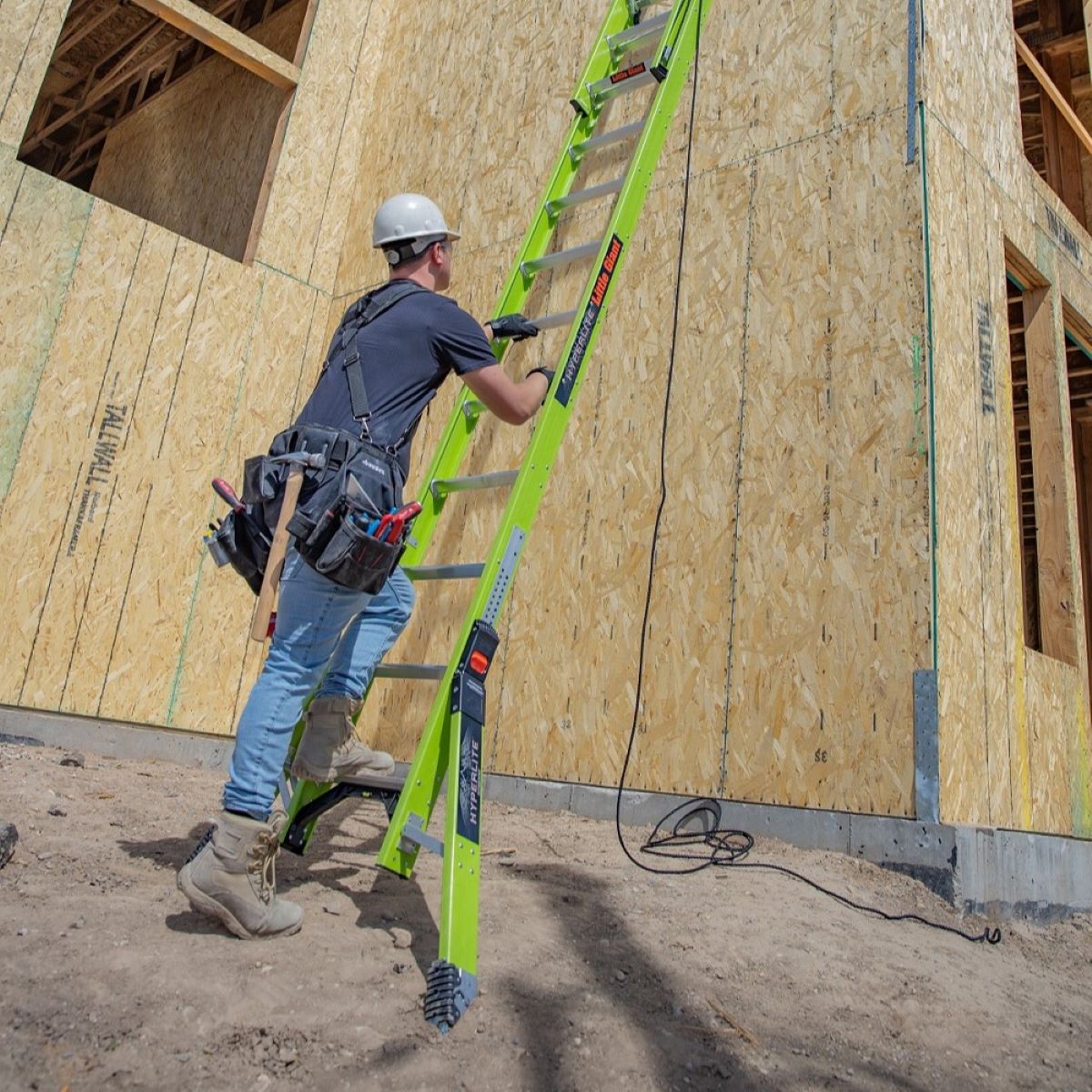

Articles
How Many Points Of Contact Do You Need At Any Time To Safely Ascend Or Descend A Ladder?
Modified: August 26, 2024
Find out the ideal number of points of contact needed to safely ascend or descend a ladder in this informative article. Expert tips and guidelines included.
(Many of the links in this article redirect to a specific reviewed product. Your purchase of these products through affiliate links helps to generate commission for Storables.com, at no extra cost. Learn more)
Introduction
Ladders are a common tool used in various industries and everyday situations. Whether it’s for home repairs, construction projects, or industrial work, ladders play a crucial role in providing access to heights that would otherwise be unreachable. However, the improper use of ladders can lead to serious accidents and injuries.
Ladder safety is of utmost importance. Understanding the appropriate number of points of contact needed while ascending or descending a ladder is one of the fundamental aspects of ladder safety. Maintaining a secure grip and balance on the ladder can help minimize the risk of falls and accidents.
In this article, we will explore the importance of ladder safety and delve into the concept of points of contact. We will discuss the minimum number of points of contact required for safe ladder use, as well as the factors that influence this number. Additionally, we will provide valuable tips for safely ascending and descending a ladder.
By familiarizing ourselves with the concept of points of contact and adopting proper ladder safety techniques, we can ensure a safer working environment and reduce the likelihood of ladder-related accidents. So let’s explore this topic further and equip ourselves with the knowledge to use ladders safely and effectively.
Key Takeaways:
- Maintaining three points of contact while ascending or descending a ladder is ideal for stability and safety, but a minimum of two points is necessary. Factors like ladder height and task complexity influence the number of points required.
- Prioritizing ladder safety through proper ladder posture, tool securing, and careful descent can significantly reduce the risk of falls and accidents. By following safety guidelines, you contribute to a safer working environment for everyone.
Read more: How To Safely Ascend Or Descend A Ladder?
Importance of Ladder Safety
Ladder accidents are far too common and can result in serious injuries or even fatalities. Falling from a ladder can lead to broken bones, head injuries, spine injuries, and other severe consequences. These incidents often occur due to a lack of understanding of ladder safety guidelines and improper use of the equipment.
Ensuring ladder safety is crucial for both workers and homeowners. In the construction industry alone, falls from ladders account for a significant number of workplace injuries and fatalities each year. This not only impacts the individuals involved but also has financial implications for businesses in terms of medical expenses, lost productivity, and potential legal consequences.
In a home setting, ladder accidents can happen during routine maintenance tasks such as cleaning gutters, changing light bulbs, or accessing high shelves. It is essential for homeowners to prioritize ladder safety to protect themselves and their loved ones from potential accidents.
Adhering to ladder safety guidelines not only prevents accidents but also increases productivity. When workers feel safe and confident while using ladders, they can focus on the task at hand, resulting in higher efficiency and quality of work. This applies to homeowners as well, as they can complete their tasks more efficiently when they feel secure on the ladder.
Furthermore, prioritizing ladder safety fosters a culture of safety in the workplace. When employees see that their employers are committed to providing proper training, equipment, and resources to ensure ladder safety, it sets a positive example. This encourages employees to take safety seriously and promotes a safer working environment overall.
By recognizing the importance of ladder safety, we can take steps to prevent accidents and protect ourselves and those around us. Understanding the concept of points of contact and implementing proper ladder safety measures is key to reducing the risk of falls and ensuring a safe working environment. In the following sections, we will delve into the concept of points of contact and explore the minimum number required for safe ladder use.
Points of Contact Explained
When climbing or descending a ladder, maintaining the correct number of points of contact is crucial for stability and safety. Points of contact refer to the parts of your body that are in contact with the ladder at any given time during the climb or descent.
Ideally, you should always have three points of contact with the ladder. This means that two of your hands and one of your feet, or two of your feet and one of your hands, should be in contact with the ladder at all times. This ensures a stable and balanced position, reducing the risk of slipping or losing your balance.
Having three points of contact provides a solid base of support, allowing you to distribute your weight evenly and maintain proper balance. It also enables you to have a firm grip on the ladder, giving you better control and stability as you climb or descend.
In some situations, it may not be possible to maintain three points of contact at all times, such as when carrying tools or materials up the ladder. In such cases, it is essential to ensure that you still have at least two points of contact whenever possible. This helps to minimize the risk of falls and maintain a more stable position.
It’s important to note that while maintaining three points of contact is ideal, having more points of contact can provide even greater stability and safety. For example, if you have the option to use a ladder with multiple steps or rungs, you can utilize additional points of contact by placing one of your feet on a lower step or rung while keeping your upper body secure on the higher steps or rungs. This further enhances your balance and reduces the risk of accidents.
Understanding the significance of points of contact and practicing proper ladder safety techniques is crucial for anyone who uses ladders regularly. It is essential to be aware of your body position and ensure you have a secure grip on the ladder at all times. By doing so, you can minimize the risk of falls, maintain a safe working environment, and protect yourself from potential injuries.
In the next section, we will discuss the minimum number of points of contact required for safe ladder use, taking into consideration various factors that may influence this number.
Minimum Number of Points of Contact Needed
While three points of contact are the ideal number for ladder safety, certain situations may require a minimum number of points of contact to safely ascend or descend a ladder. The specific circumstances, ladder type, and individual’s capabilities can influence the minimum number of points of contact needed.
In general, a minimum of two points of contact is necessary for safe ladder use. This means that you should have at least one hand and one foot in contact with the ladder at all times. This provides a basic level of stability and helps prevent slips and falls.
Having two points of contact allows you to maintain a secure grip on the ladder while also ensuring that one foot is firmly planted on a rung or step. This balance promotes stability, reduces the risk of losing your balance, and helps you control your movements as you ascend or descend the ladder.
However, it’s important to note that while two points of contact are the minimum requirement, strive to have three points of contact whenever possible. Three points of contact provide optimal stability and balance, significantly reducing the risk of accidents.
Factors such as the height of the ladder, the nature of the work being performed, and the individual’s physical capabilities can influence the number of points of contact needed. For instance, when working with a short ladder or performing light tasks, two points of contact may be sufficient. However, when working on a taller ladder or engaging in more physically demanding tasks, it is advisable to maintain three or more points of contact to ensure maximum safety.
It’s important to assess the situation and use your judgment to determine the appropriate number of points of contact required. Be mindful of your surroundings, the condition of the ladder, and your own physical abilities. When in doubt, it’s always safer to err on the side of caution and maintain a higher number of points of contact.
By understanding the minimum number of points of contact needed for ladder safety, you can make informed decisions and ensure a safer working environment. However, remember that maintaining more points of contact whenever possible is strongly recommended for enhanced stability and reduced risk of accidents.
In the following section, we will explore the factors that can influence the number of points of contact needed during ladder use. Understanding these factors will further contribute to safe ladder practices.
Always maintain three points of contact when ascending or descending a ladder. This means two hands and one foot or two feet and one hand should be in contact with the ladder at all times for stability and safety.
Factors Influencing the Number of Points of Contact
While the minimum number of points of contact for ladder safety is typically two, several factors can influence the specific number of points of contact required. These factors are important to consider to ensure a safe and stable working environment.
1. Height of the ladder: The height of the ladder plays a crucial role in determining the number of points of contact needed. As the height increases, the risk of accidents and falls also increases. In this case, it is advisable to maintain three or more points of contact for added stability and control during the climb or descent.
2. Task complexity: The nature of the task being performed on the ladder can influence the number of points of contact required. If the task requires utilizing tools, equipment, or materials, it may be necessary to reduce the number of points of contact to free up hands for these tasks. However, it is important to try to maintain a minimum of two points of contact whenever possible to ensure stability.
3. Ladder type: Different types of ladders may require different numbers of points of contact. Step ladders, for example, typically have a platform or a top step where you can maintain three or four points of contact, providing additional stability. Extension ladders, on the other hand, may only allow for two points of contact due to their design.
4. Individual’s physical capabilities: The physical capabilities of the individual using the ladder can also influence the number of points of contact needed. Factors such as strength, balance, and overall fitness level play a role in determining the number of points of contact necessary for safe ladder use. Individuals with reduced physical abilities may need to rely on additional support or assistance to maintain stability.
5. Environmental conditions: Environmental factors, such as uneven surfaces, slippery conditions, or windy weather, can impact ladder stability. In such conditions, it is crucial to maintain a higher number of points of contact for enhanced stability and control.
It is important to assess these factors before using a ladder and adjust the number of points of contact accordingly. While maintaining the minimum requirement of two points of contact is essential, consider using three or more points of contact whenever possible to ensure maximum stability and safety.
Remember to prioritize your safety and make informed decisions based on the specific circumstances. Regularly inspect ladders for any defects or damage and ensure they are placed on a stable surface to minimize the risk of accidents. By considering these factors and practicing proper ladder safety techniques, you can significantly reduce the likelihood of falls and mishaps.
In the next section, we will provide valuable tips for safely ascending and descending a ladder to further enhance your ladder safety knowledge and skills.
Read more: What Are The 3 Points Of Contact On A Ladder
Tips for Safely Ascending and Descending a Ladder
Climbing up and down a ladder may seem like a simple task, but it’s important to approach it with caution and adhere to proper safety techniques. By following these tips, you can ensure a safe and secure ladder experience:
1. Choose the right ladder: Select a ladder that is appropriate for the task at hand. Consider factors such as height, weight capacity, and ladder type. Ensure that the ladder is in good condition and free from any defects or damage.
2. Position the ladder correctly: Place the ladder on a stable and level surface. If working outdoors, ensure that the ground is firm and not slippery. Use ladder stabilizers or levelers to provide additional stability if needed.
3. Inspect the ladder: Before climbing, thoroughly inspect the ladder for any visible signs of damage or loose parts. Check the rungs, steps, and hardware to ensure they are secure and in good working condition.
4. Maintain three points of contact: Whenever possible, aim to have three points of contact with the ladder. This typically means having both hands and one foot, or both feet and one hand, in contact with the ladder. This provides maximum stability and reduces the risk of falls.
5. Face the ladder: Always face the ladder and maintain eye contact with it while ascending or descending. Avoid turning or reaching too far, as it can affect your balance and increase the risk of falling.
6. Climb one step at a time: Ascend and descend the ladder slowly and deliberately, focusing on one step or rung at a time. Take care not to skip steps or rush, as it can lead to accidents.
7. Secure tools and materials: If you need to carry tools or materials up the ladder, use a tool belt or a bucket with a handle to keep your hands free. Never carry anything in your hands while climbing or descending.
8. Use proper ladder posture: Maintain a steady and upright posture while on the ladder. Keep your body centered between the rails, avoiding leaning too far to either side. This helps distribute your weight evenly and ensures balance.
9. Don’t overcrowd the ladder: Only one person should be on the ladder at a time. Avoid attempting to climb or descend alongside someone else, as it can throw off the balance and stability of the ladder.
10. Use a spotter if needed: For tasks that require additional support or if you feel unsure about your balance, have a spotter assist you. They can stand at the base of the ladder to provide stability and support if necessary.
11. Descend carefully: When descending, take it slow and make sure your footing is secure before moving down to the next step. Avoid jumping or sliding down the ladder, as it can lead to slips and falls.
Remember, ladder safety is not just about the climb itself but also about being aware of your surroundings and taking proactive measures to prevent accidents. By following these tips and incorporating them into your ladder usage routine, you can greatly reduce the risk of falls and ensure a safer working environment.
In the next section, we will conclude our discussion, emphasizing the importance of ladder safety and the significance of implementing these tips in your everyday practices.
Conclusion
Ladder safety should always be a top priority when working at heights. Understanding the concept of points of contact and implementing proper ladder safety techniques can help prevent accidents and protect yourself and others from potential injuries.
Maintaining the appropriate number of points of contact while ascending or descending a ladder is crucial for stability and balance. While the ideal number is three points of contact, a minimum of two points is required for safe ladder use. Factors such as ladder height, task complexity, ladder type, individual capabilities, and environmental conditions can influence the number of points of contact needed.
By considering these factors and following proper ladder safety guidelines, you can significantly reduce the risk of falls and accidents. Remember to choose the right ladder for the task, inspect it thoroughly before use, and position it on a stable and level surface. Maintain three points of contact whenever possible and face the ladder while climbing. Take it one step at a time, secure tools and materials, and maintain proper ladder posture.
Utilize these tips and incorporate them into your ladder usage routine. Always prioritize safety and make informed decisions based on the specific circumstances. Regularly inspect and maintain your ladder, and never hesitate to seek assistance or use a spotter if needed. By doing so, you can create a safer working environment and minimize the risk of ladder-related accidents.
Remember, ladder safety is not just about your own well-being, but also about setting a positive example and fostering a culture of safety. By practicing and promoting ladder safety, you contribute to a safer working environment for yourself and others.
So, the next time you’re climbing a ladder, be sure to take the necessary precautions, maintain the correct number of points of contact, and prioritize ladder safety. By doing so, you can confidently tackle your tasks at heights and ensure the well-being of everyone involved. Stay safe!
Frequently Asked Questions about How Many Points Of Contact Do You Need At Any Time To Safely Ascend Or Descend A Ladder?
Was this page helpful?
At Storables.com, we guarantee accurate and reliable information. Our content, validated by Expert Board Contributors, is crafted following stringent Editorial Policies. We're committed to providing you with well-researched, expert-backed insights for all your informational needs.
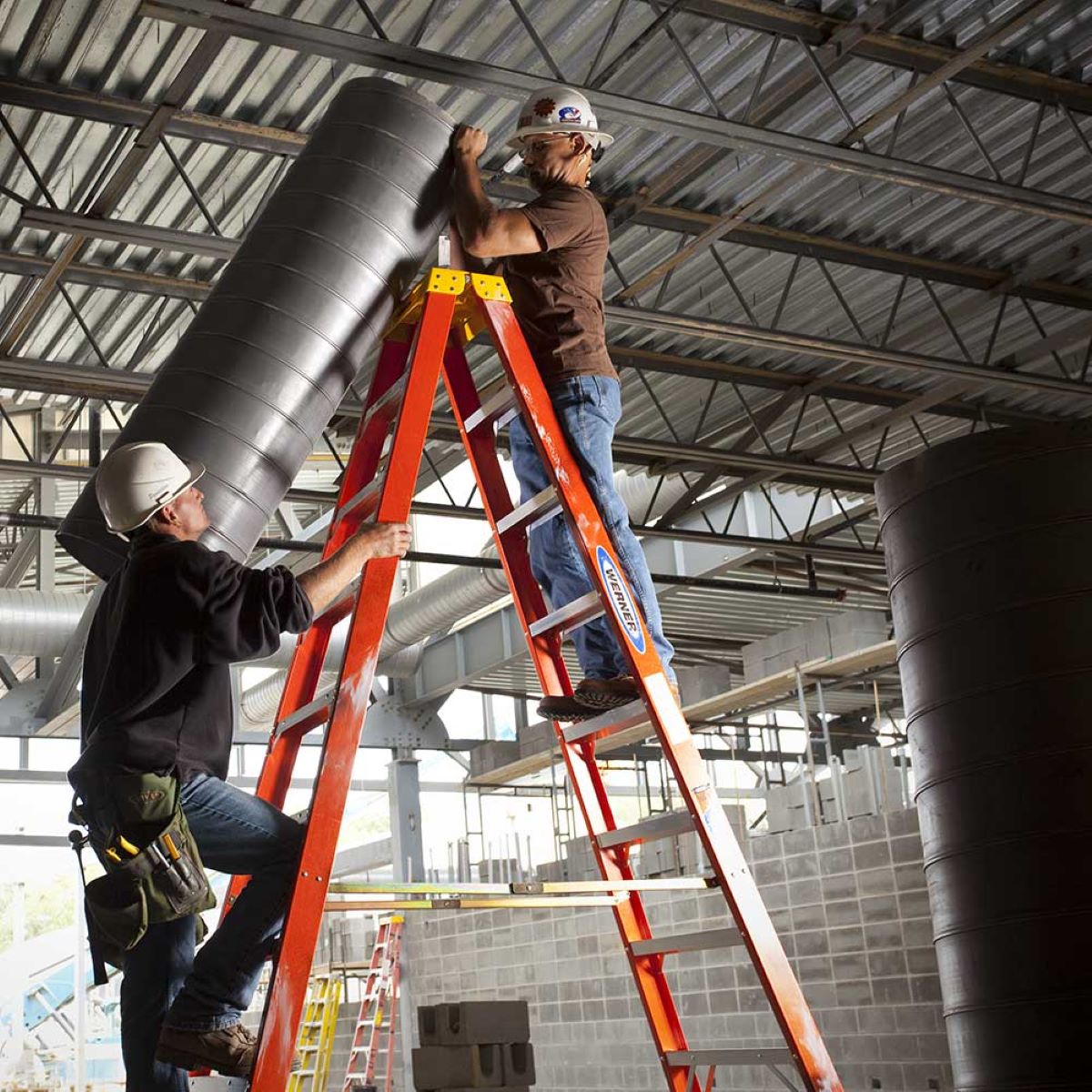
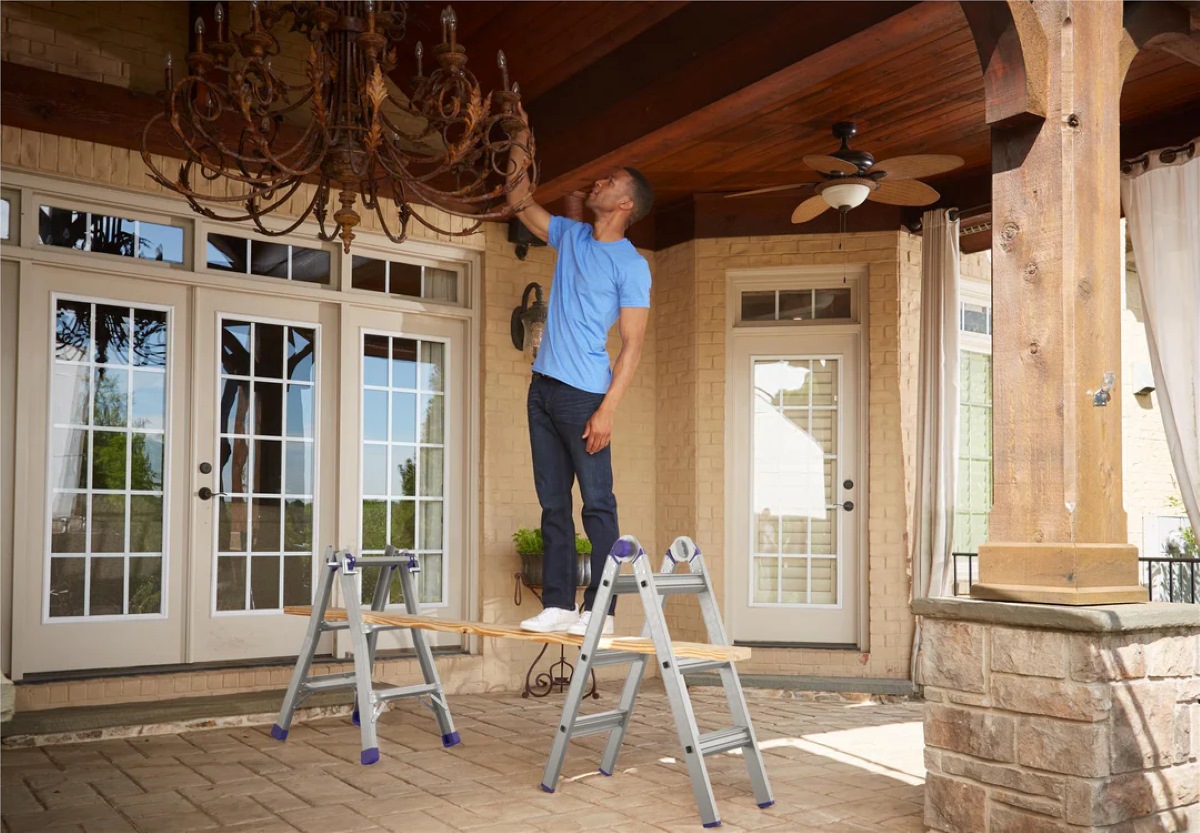

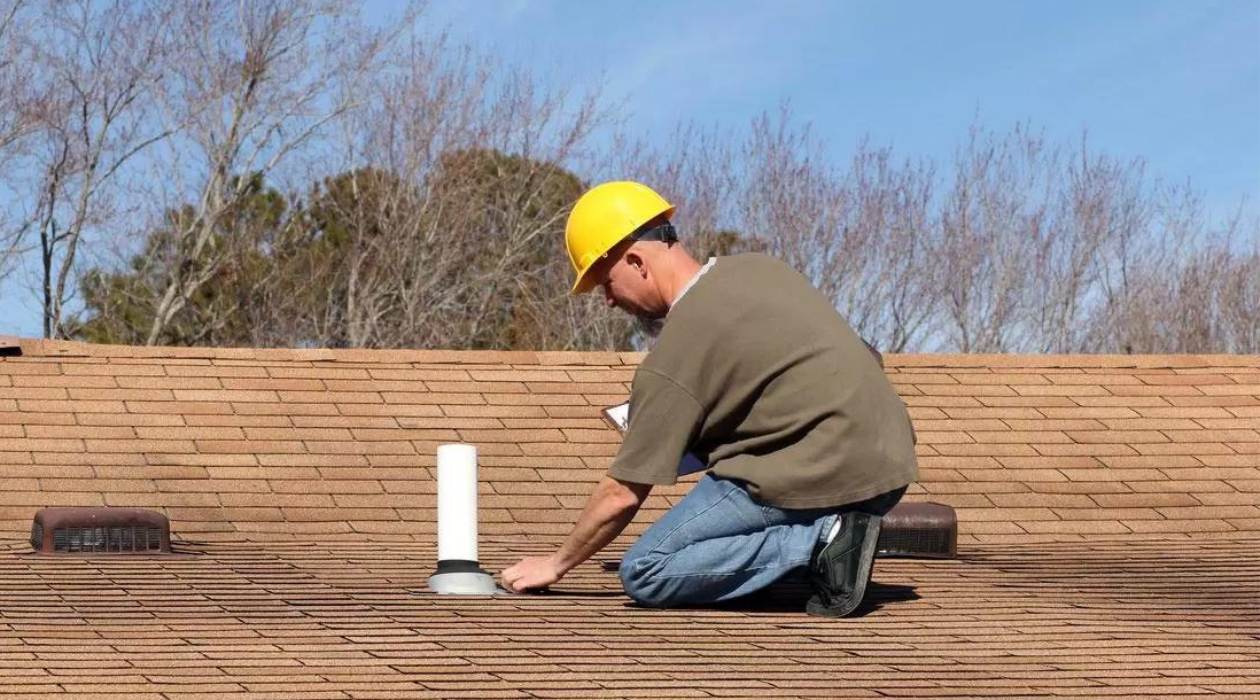
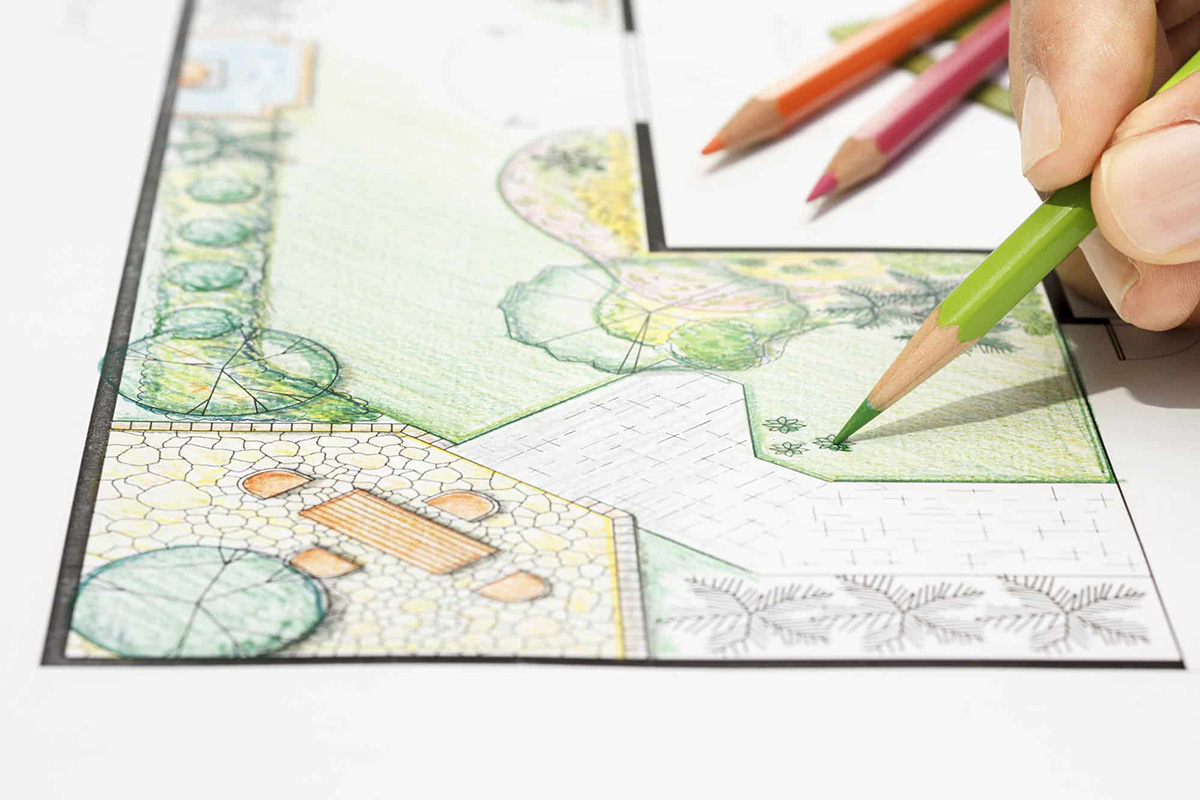



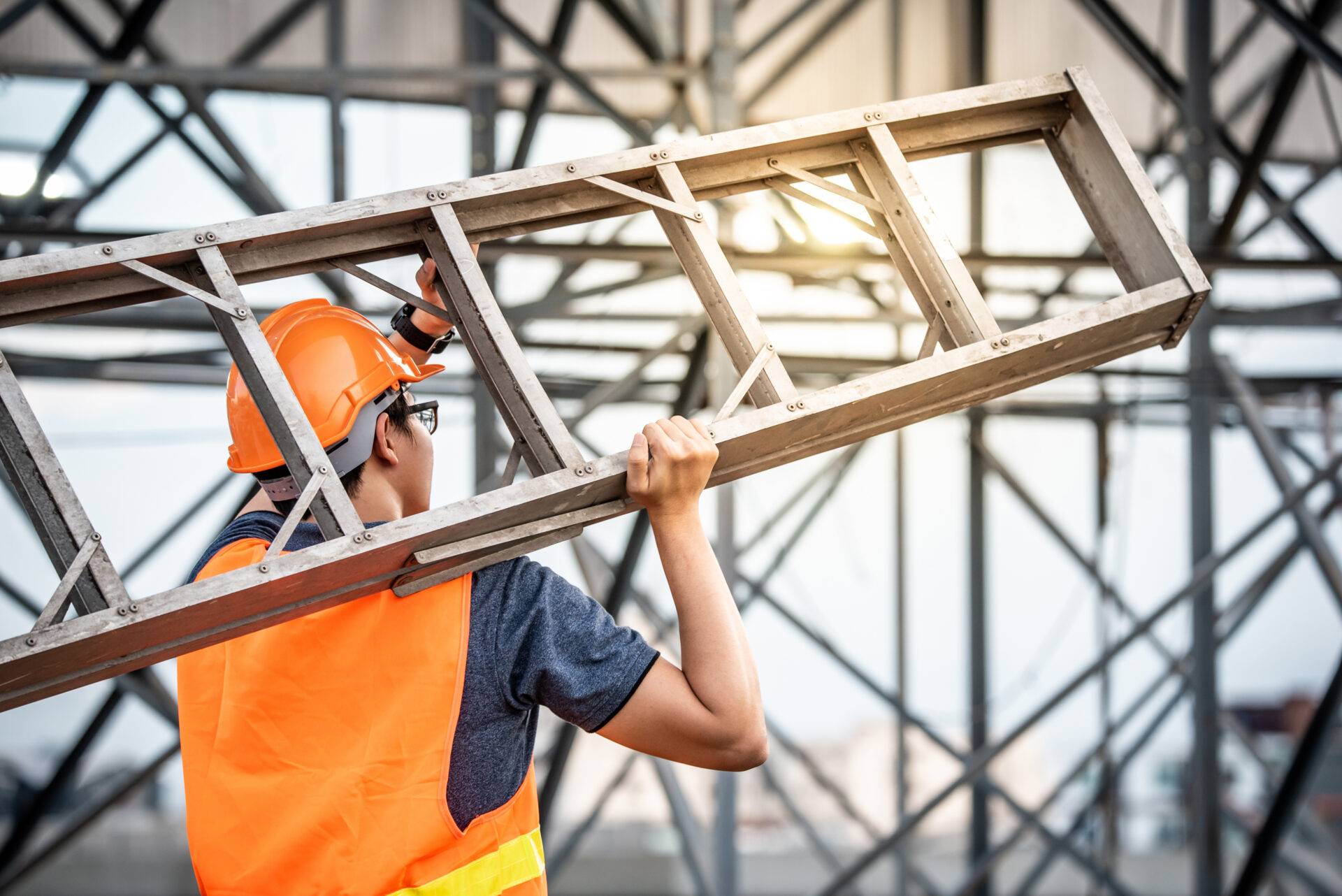
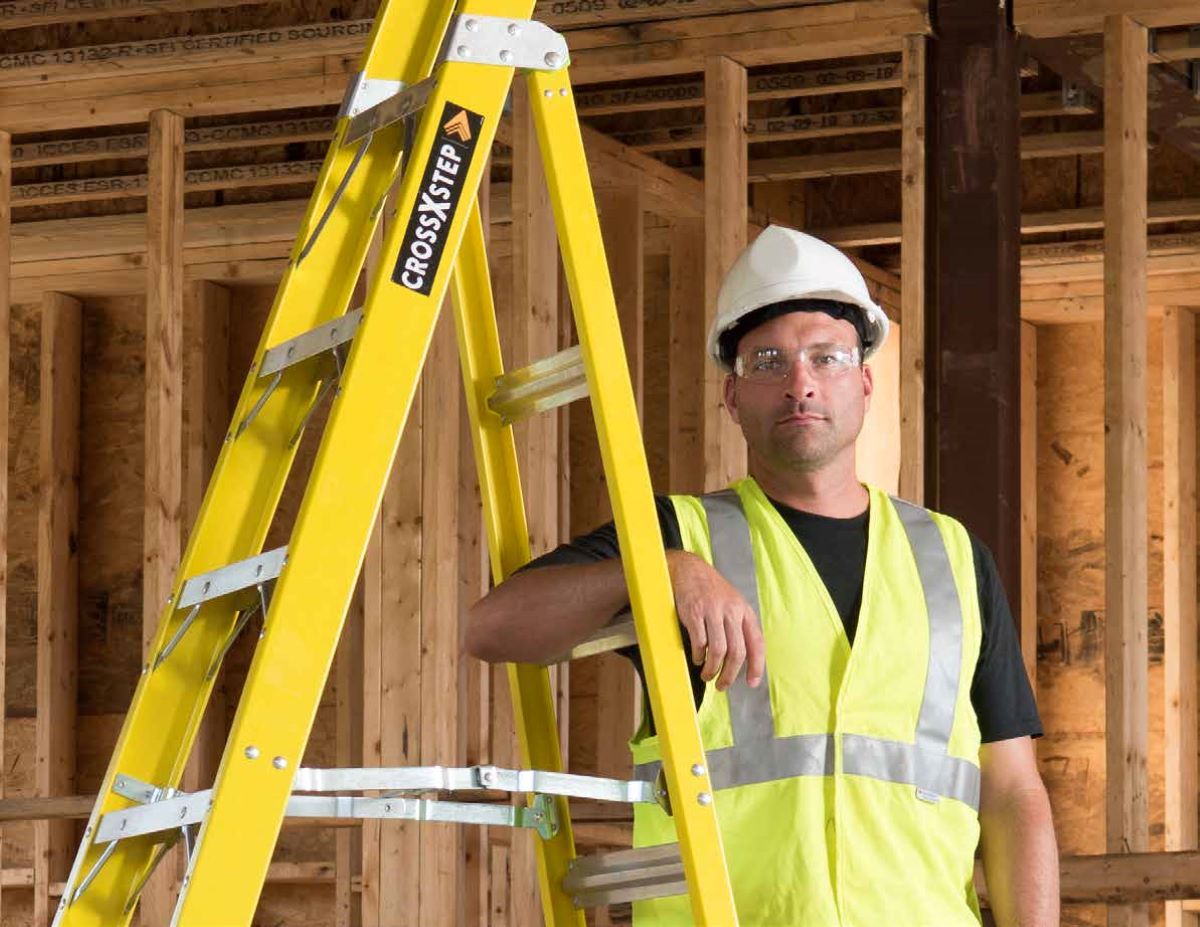





0 thoughts on “How Many Points Of Contact Do You Need At Any Time To Safely Ascend Or Descend A Ladder?”